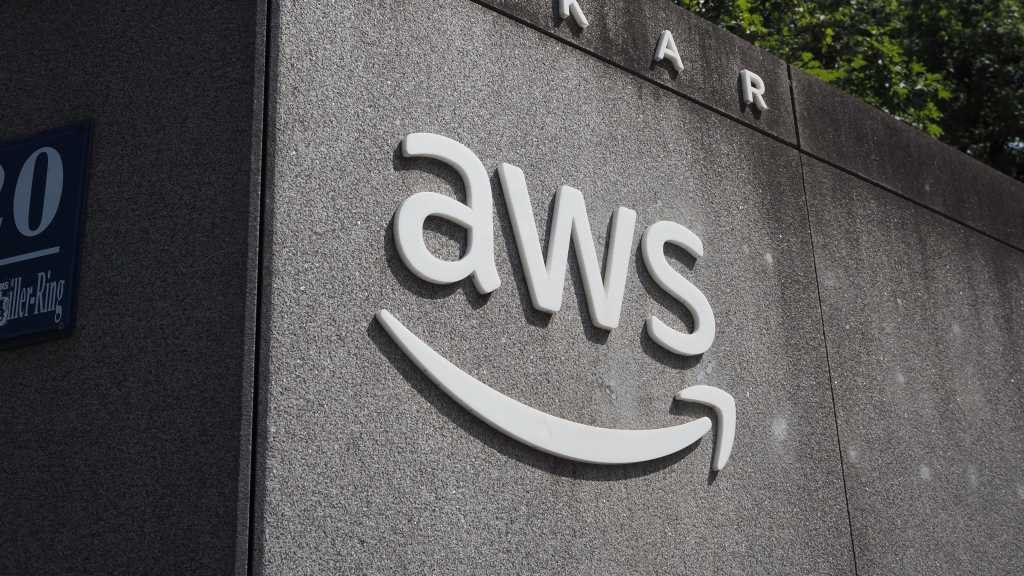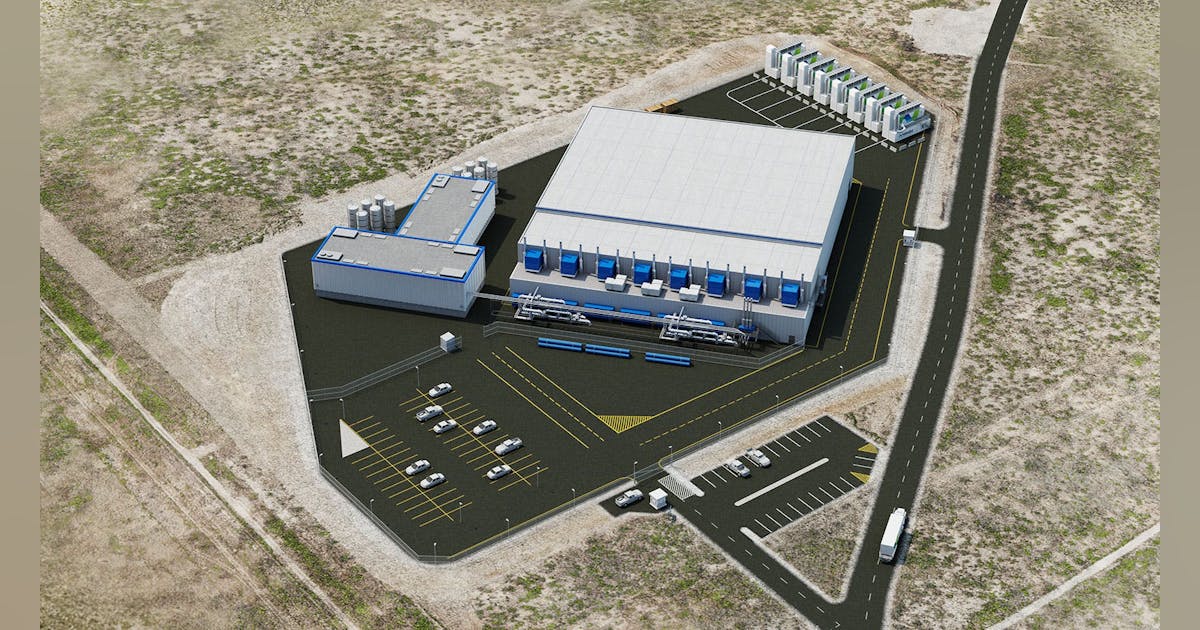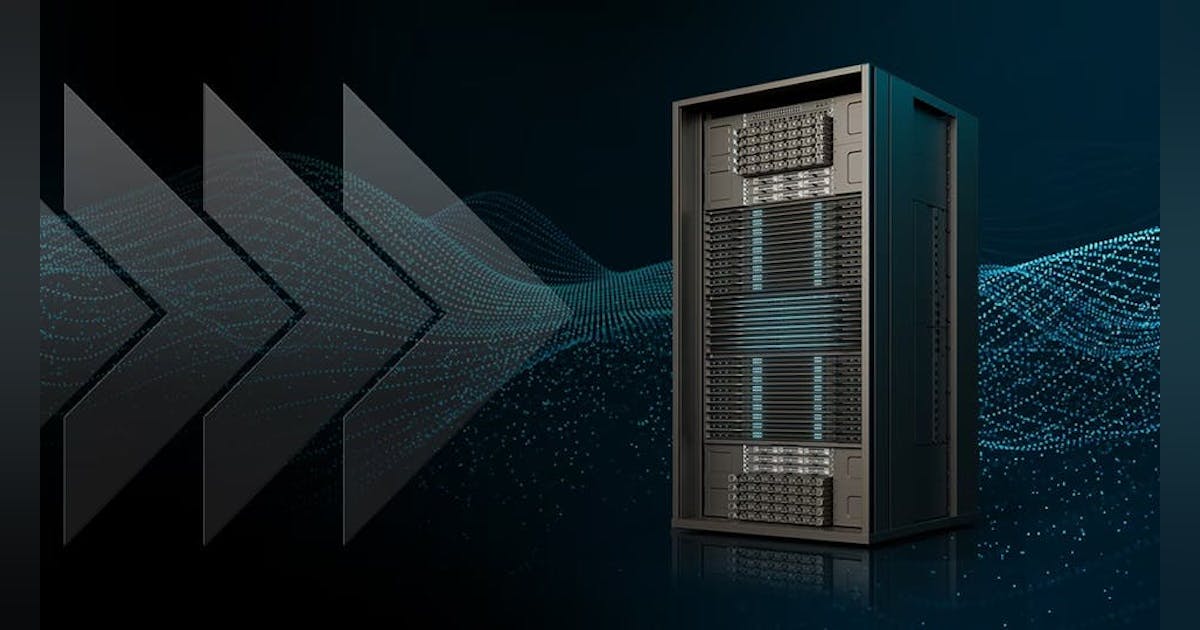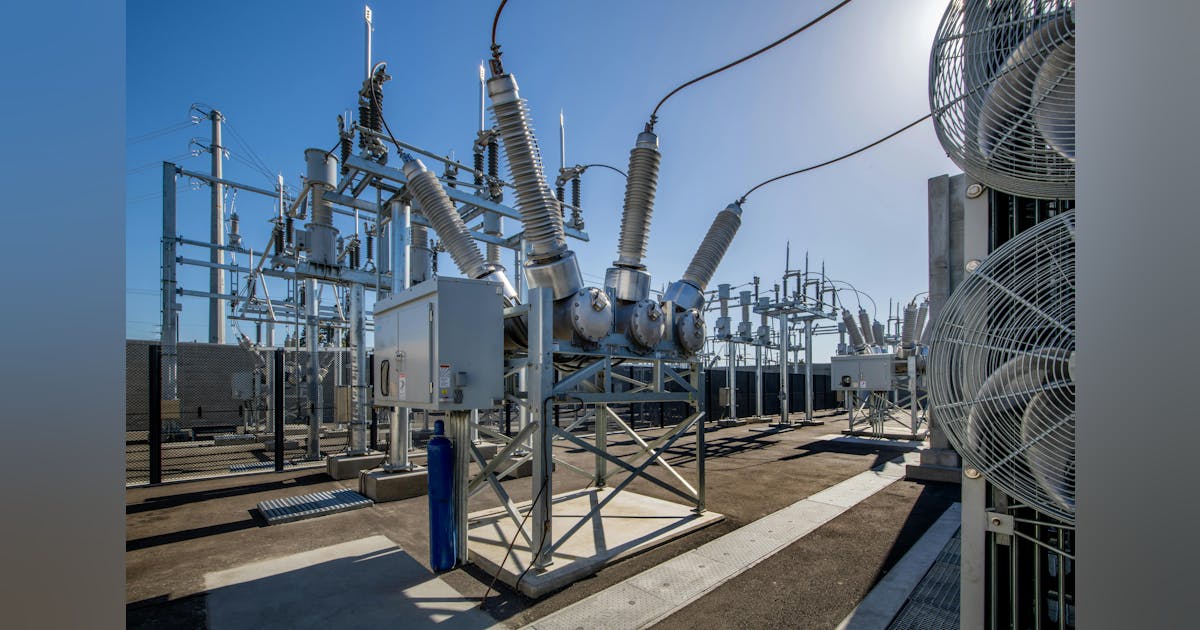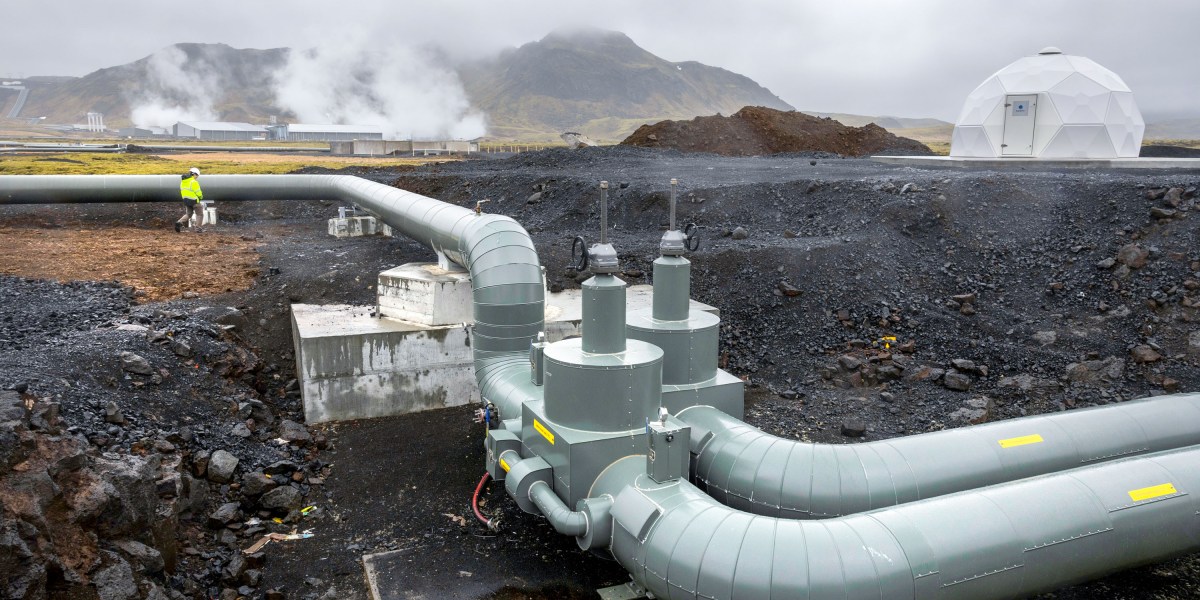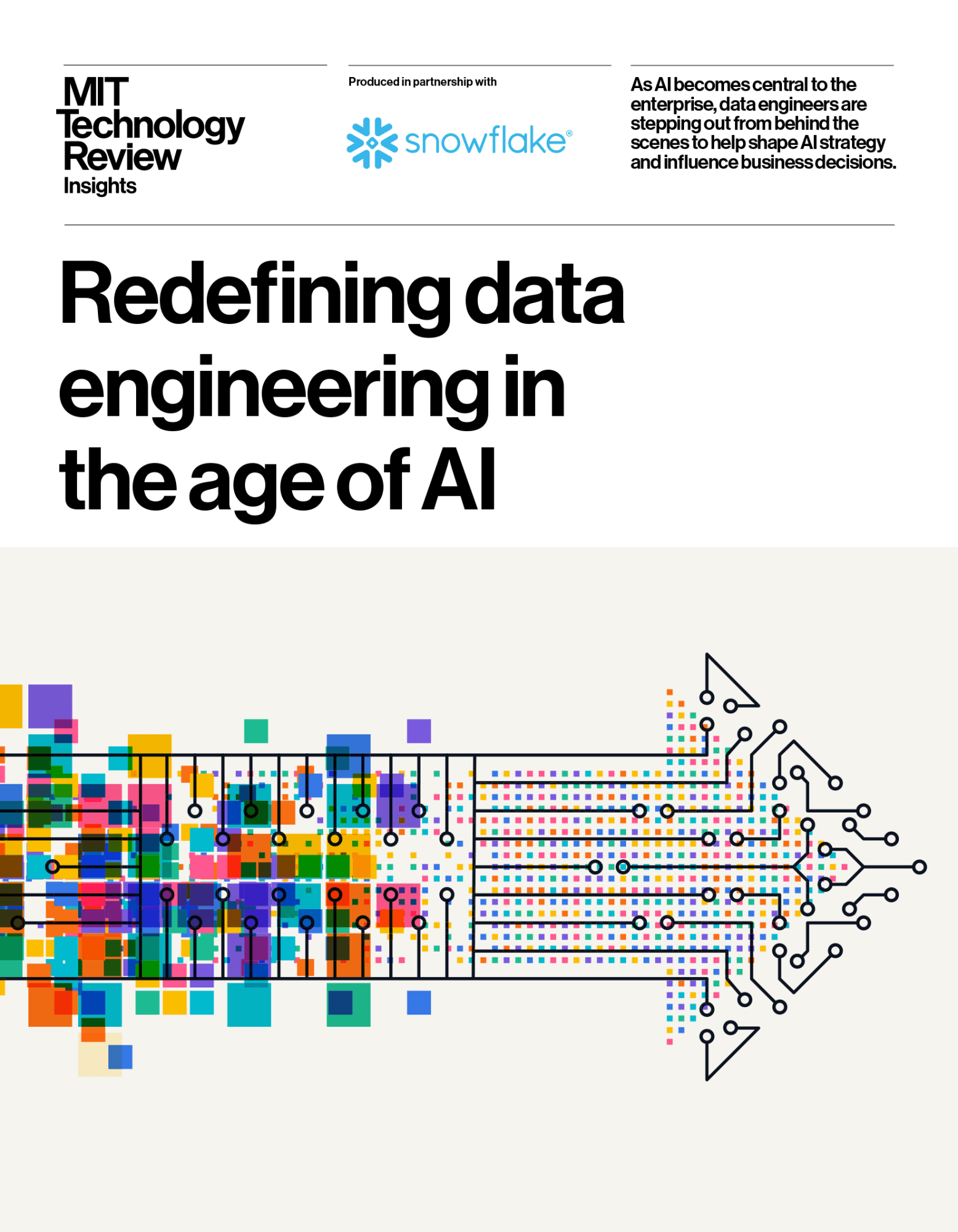
WASHINGTON—U.S. Secretary of Energy Chris Wright directed the Federal Energy Regulatory Commission (FERC) today to initiate rulemaking procedures with a proposed rule to rapidly accelerate the interconnection of large loads, including data centers, positioning the United States to lead in AI innovation and in the revitalization of domestic manufacturing. Secretary Wright’s proposed rule allows customers to file joint, co-located load and generation interconnection requests. It will also significantly reduce study times and grid upgrade costs, while reducing the time needed for additional generation and power to come online. The proposed rule advances President Trump’s agenda to ensure all Americans and domestic industries have access to affordable, reliable, and secure electricity.
Click here to read Secretary Wright’s letter and proposed rule.
Secretary Wright also directed FERC today to initiate rulemaking procedures with a proposed rule to remove unnecessary burdens for preliminary hydroelectric power permits. Secretary Wright’s proposed rule clarifies that third parties do not have veto rights over the issuance of preliminary hydroelectric power permits.
Click here to read Secretary Wright’s letter and proposed rule.
President Trump and Secretary Wright have been clear: The United States is experiencing an unprecedented surge in electricity demand and the United States’ ability to remain at the forefront of technological innovation depends on an affordable, reliable, and secure supply of energy.
###




